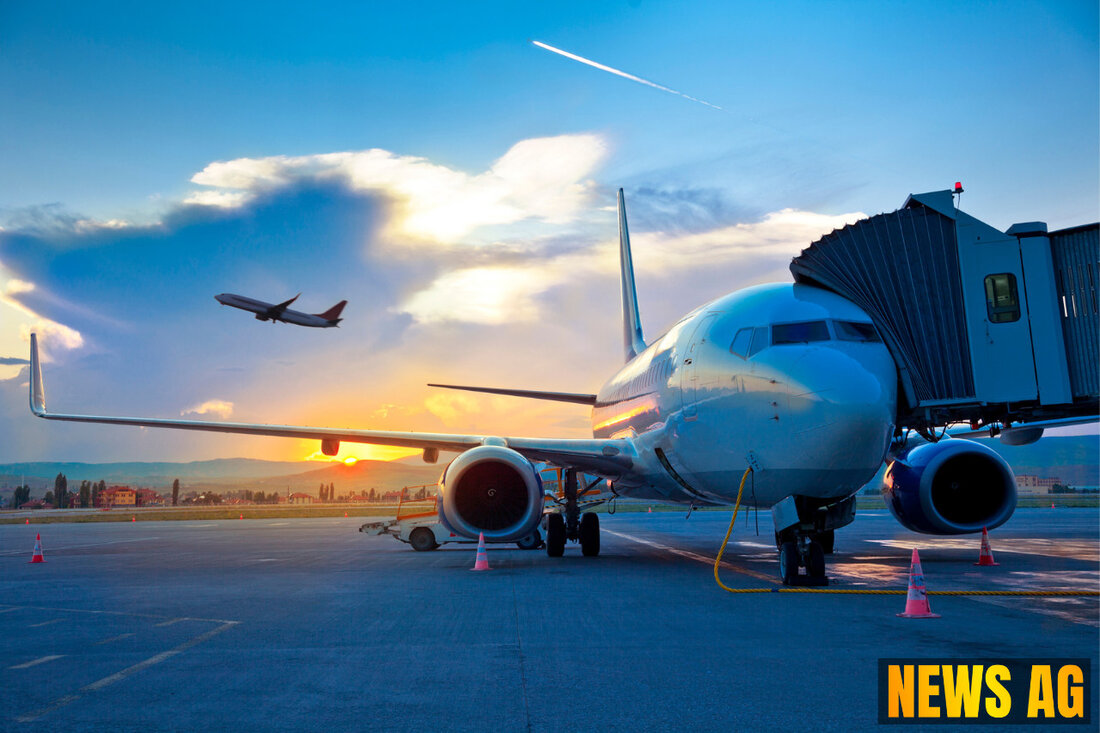Cuba Faces Travel Crisis: U.S. Flights Slashed Amid Tourism Decline
Discover the latest trends and challenges in Cuba's tourism sector, including flight reductions and U.S. travel restrictions impacting visitors.

Cuba Faces Travel Crisis: U.S. Flights Slashed Amid Tourism Decline
Air travel between Florida and Cuba is taking a hit, with a notable decline in available flights and seats on the horizon. Starting in September, airlines anticipate a 20% reduction in air service, shrinking the total number of weekly flights to just 91, which translates to 13,965 seats. This significant drop highlights an unsettling trend in travel demand following summer vacations, as reported by Cuba Headlines.
More specifically, a year-over-year analysis reveals a troubling 21% decrease in flight frequencies and a 16.1% reduction in seat availability from September 2024 to September 2025. American Airlines dominates the current landscape, offering 70 weekly flights and 10,500 seats—accounting for a whopping 77% of all flights to Cuba and 75% of the market capacity. Delta Air Lines follows with 14 flights, while Southwest Airlines covers the Tampa to Havana route with just seven flights.
The Changing Airline Landscape
With the reduction in flights, some operational changes are already underway. United Airlines will suspend its Houston to Havana route starting September 1, and Southwest Airlines will pare down its Tampa–Havana service by cutting one daily flight beginning September 4. Notably, American Airlines is seeking a temporary waiver from the U.S. Department of Transportation for the winter season, which could lead to the suspension of multiple frequencies until March 2026. The shifting dynamics are attributed mostly to restrictive immigration policies that limit U.S. citizens‘ travel options and a growing preference for other destinations, particularly among Cuban-Americans who are now venturing more towards places like the Dominican Republic.
The plight of Cuba’s tourism extends beyond just American visitors. A grave decline in international tourists is palpable, with June 2025 numbers showing that only 1,306,650 travelers ventured to the island—down 319,654 from June 2024. In fact, the overall numbers tell a stark story; international visitors in 2024 totaled only 981,856, a drop of 327,799 compared to the previous year, yielding a 25% decline.
Broader Implications for Tourism
The struggle of airlines to maintain profitable routes to Cuba is evident. According to VisaVerge, airlines need at least 80% seat occupancy to stay in the black, yet flights to Cuba are often operating at rates below 70%. Companies like Edelweiss Air have ended services due to low ticket sales, while JetBlue halted its Cuba routes in September 2023, and Cóndor is set to suspend all flights by May 2025—the first absence of direct flights from Germany to Cuba since 1990.
Travelers are increasingly choosing alternate Caribbean locales, including Punta Cana and Cancún, resulting in even fewer visitors heading to Cuba. Moreover, operational troubles at Havana’s airport, such as chronic power failures and cumbersome baggage handling, further hinder efforts to draw tourists. With airfare averaging around $300, airlines are finding it hard to fill seats, and the lack of reliable flights poses significant barriers to both tourism and economic revival on the island.
The Future of Cuban Tourism
Cuban tourism suffers not only from dwindling numbers but also from ongoing U.S. travel restrictions steered by a National Security Presidential Memorandum that reversed previous leniency on travel policies. The U.S. Department of Treasury allows travel only under specific authorized categories, making it more complex for U.S. citizens to visit the island. A Level 2 safety warning from the U.S. Department of State advises travelers to exercise increased caution due to concerns around crime and infrastructure reliability in Cuba.
In light of these mounting challenges, experts forecast a continued decline in Cuba’s tourism industry into 2025 and beyond. The prospect of future recovery hinges on improved tourism interest, enhanced airport infrastructure, and a stable economic environment to draw back in tourists. As Cuba grapples with both internal and external pressures, the path ahead remains uncertain, prompting many to wonder if the island can rise from the ashes of its tourism plight.

 Suche
Suche
 Mein Konto
Mein Konto